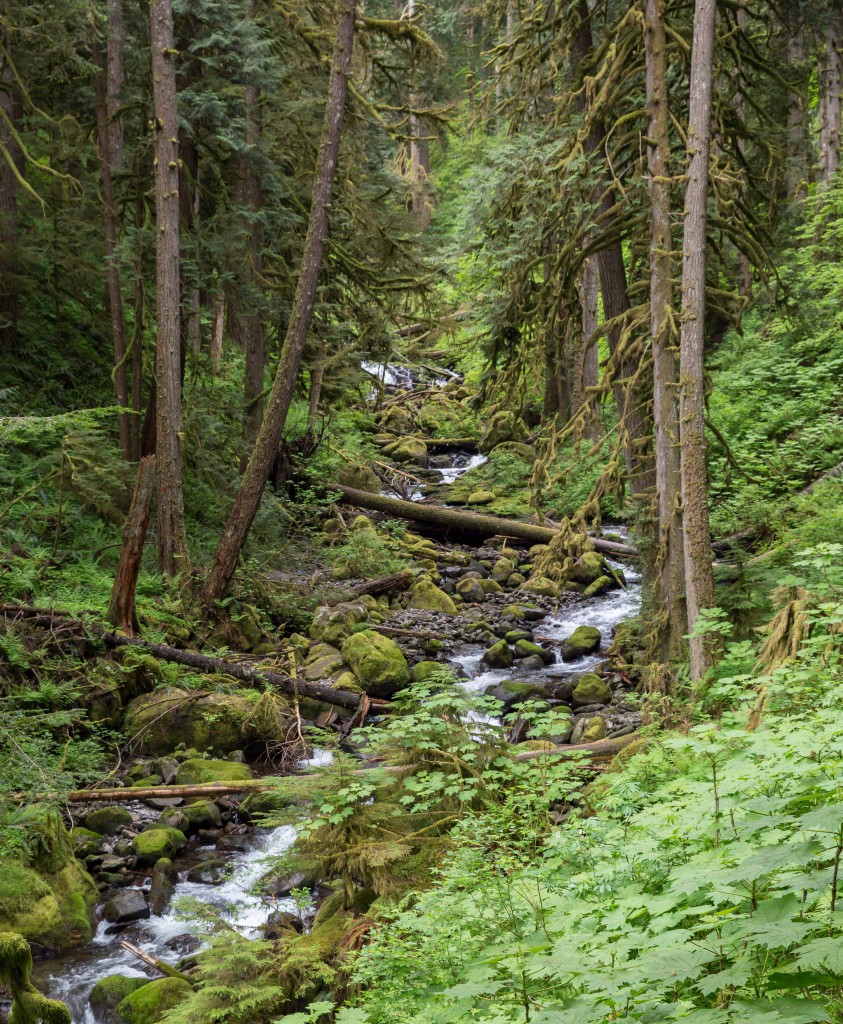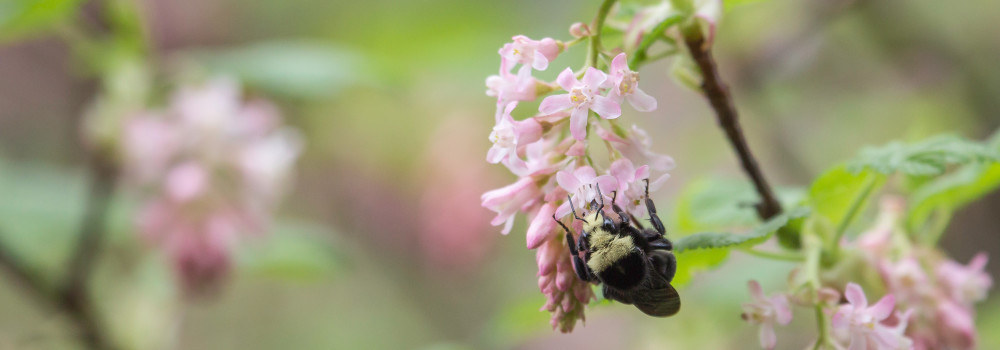When it comes to implementing and sustaining a cohesive garden that doesn’t fight the local ecosystem, it often helps to ask, “What would nature do?” Indeed, mimicking natural processes is usually the best way to take care of the flora and fauna that we share our world with. 
- Allow parts of your yard to be untidy to help provide for beneficial wildlife. Don’t “clean up” too soon in springtime–many overwintering invertebrates need protection later than you’d think and many animals feed on them (the vast majority of land birds feed their young insects, not seeds).
- In autumn, allow fallen leaves to remain on bare soil (or rake them there) to help nurture beneficial creatures that need winter cover, or feed from it. Allow perennials to remain through winter so that seeds and dying vegetation can provide food and cover.
- Use organic methods, such as on-site composting and natural pest management. Never use pesticides or synthetic fertilizers, that provide quick, but deadly fixes.
- Remove lawn as much as possible and choose appropriate native plants to increase diversity.
- Build fertile soil by increasing the amount of organic matter. Organic matter, such as leaf compost, feeds soil creatures, improves soil structure, and inoculates the soil with beneficial microbes. In established areas apply it as a mulch in spring or fall; it will be worked in naturally and gradually by soil dwelling organisms. Or simply use fallen leaves, as nature does, to protect and nurture the soil.
- Restore habitat by replacing native plants and water lost, whenever possible.
- Plant BIG trees when feasible, especially native varieties. Don’t forget about conifers–they provide thermal cover, food, and nest sites for wild ones, intercept large amounts of storm water, protect the soil year round, and so on.
- Grow non-hybrid varieties whenever possible to be sure attributes like nectar quality were not lost in hybridization.
- Create living windbreaks and privacy with trees and shrubs instead of solid fencing, which may block wildlife corridors and heat issues.
- Utilize local, renewable, or reclaimed materials whenever possible.
- Use permeable paving materials and provide clean water for wildlife.
- Conserve water by irrigating deeply, infrequently, and early in the morning.
- Eschew leaf blowers that cause more problems than they’re worth.
- Avoid activities that cause compaction, like placing heavy object on soil or working the soil when it’s wet.
- In vegetable gardens, rotate annual crops and choose disease-resistent varieties suited to the climate. Consider having your soil analyzed prior to planting and add any amendments recommended by the analysis.
– Eileen Stark BACK to Articles
